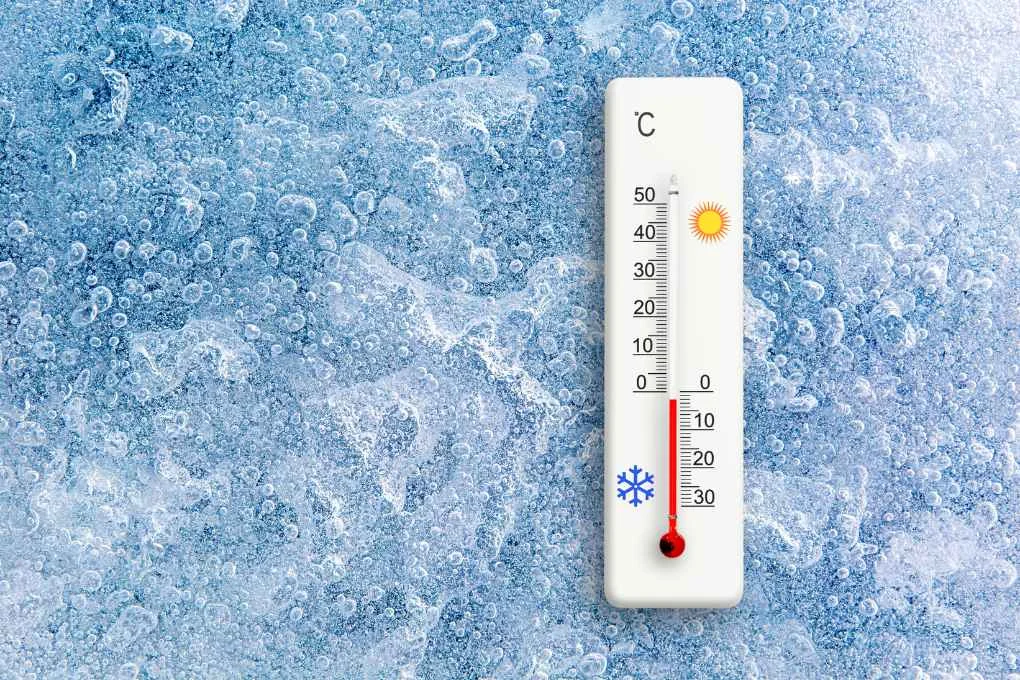Have you ever wondered what happens when you put water in the freezer? Or why we freeze food? In this article, we’ll delve into the fascinating world of freezing, also known as gelamento in Portuguese.
Understanding Freezing (Gelamento)
Freezing is the transformation of a liquid into a solid state due to a decrease in temperature. Imagine taking a cup of water and placing it in the freezer—it turns into ice. This process occurs when the temperature of the liquid drops significantly, causing its molecules to slow down and eventually solidify. It’s a magical phenomenon grounded in science!
The Freezing Process: Chilling Out, Literally!
Let’s break down the freezing process step-by-step:
- Cooling: As the temperature drops, the molecules in the water slow down.
- Reaching Freezing Point: At 0 degrees Celsius (32 degrees Fahrenheit), water is ready to freeze.
- Crystallization: Slow-moving water molecules begin to bond together in a crystalline structure.
- Solidifying: More molecules join the crystal lattice, turning liquid water into solid ice.
Freezing Food: Preserving Freshness
Ever noticed how frozen pizzas or ice cream stay fresh for long periods? Freezing is an excellent method for preserving food:
- Bacteria Control: Freezing slows the movement of molecules, thereby inhibiting bacterial activity that causes food spoilage.
- Extended Shelf Life: Meats, fish, and vegetables last significantly longer when frozen.
- Convenience: Frozen meals and ingredients can be stored and used as needed.
The Magic of Freezing Points
Each liquid has a specific temperature at which it freezes, known as its freezing point. For water, this point is 0 degrees Celsius (32 degrees Fahrenheit). However, different liquids freeze at different temperatures:
- Water: 0°C (32°F)
- Olive Oil: Approximately -6°C (21°F)
- Honey: Around -20°C (-4°F)
- Milk: Freezes slightly below water, around -4°C (25°F)
Beyond Ice Pops: Practical Applications of Freezing
Freezing isn’t just for food and ice pops—it has various practical applications:
- Medical Use: Surgeons use freezing techniques to numb areas before surgeries.
- Biological Research: Preservation of biological samples and tissues.
- Chemical Processes: Used in industries for crystallization and purification.
Freezing, or gelamento, is indeed a versatile and crucial process that impacts our daily lives in more ways than we might realize.
This version retains the original content while enhancing clarity and flow. Let me know if you need any further adjustments.

Leave a Reply